Blog

Optimizing Thinned Fault Likelihood (TFL) through Advanced Filtering and Computing RMS of TFL
- Written by: Marieke van Hout
In our latest video, we break down the workflow to enhance the Thinned Fault Likelihood (TFL) using a two-step approach: Filtering and Computing RMS of TFL.
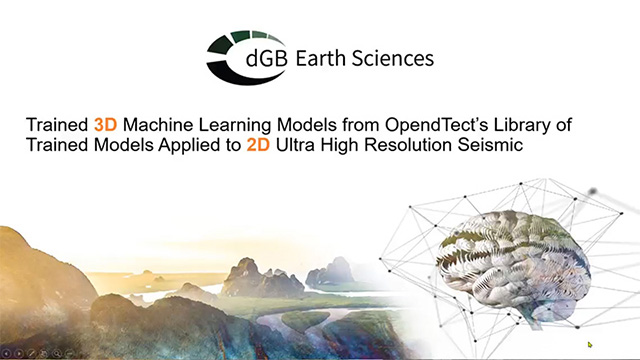
Machine Learning Data Enhancement of 2D Seismic
- Written by: Paul de Groot
OpendTect’s library of trained Machine Learning models supports a set of powerful models for quickly enhancing post-stack 3D seismic data.
For example, there are models for removing random noise; suppressing horizontal multiples; predicting fault likelihood; interpolating missing traces and for improving the interpretability of seismic data.
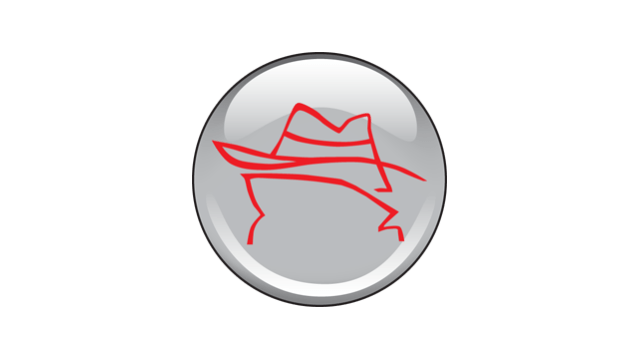
OpendTect Patch Release 7.0.2
- Written by: Arnaud Huck
Dear OpendTect Users,
We have made a patch release for our latest stable version: OpendTect 7.0.2, which is now available for installation/update.

Come see us at IMAGE ‘23 and check out what’s new in OpendTect 7!
- Written by: Kristoffer Rimaila
dGB Earth Sciences will be at the IMAGE conference in Houston, August 28 - 31. Swing by booth #1737 to see our latest developments in the Machine Learning plugin, see how the latest OSDU features like data transfer are speeding up and simplifying data I/O, or come talk to us about anything OpendTect-related (or unrelated).
Read more: Come see us at IMAGE ‘23 and check out what’s new in OpendTect 7!
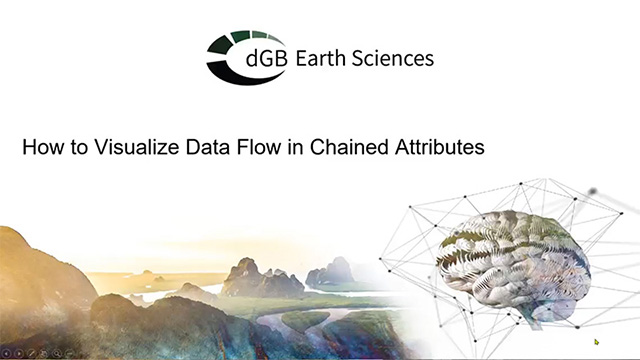
Demystify Complex Chained Attributes with Data Flow Visualization in OpendTect
- Written by: Paul de Groot
OpendTect’s attribute engine stands out due to its ability to compute attributes-from-attributes both on-the-fly and in batch-mode. Such capability lets users craft intricate chained attributes and filters. However, as these chains grow, they become more intricate, making it challenging to decipher their computation process.
Read more: Demystify Complex Chained Attributes with Data Flow Visualization in OpendTect
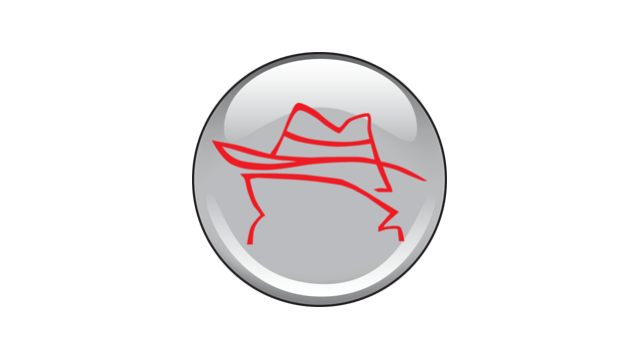
OpendTect Patch Release 7.0.1
- Written by: Raman Singh
Dear OpendTect Users,
We have made a patch release for our latest stable version: OpendTect 7.0.1, which is now available for installation/update.
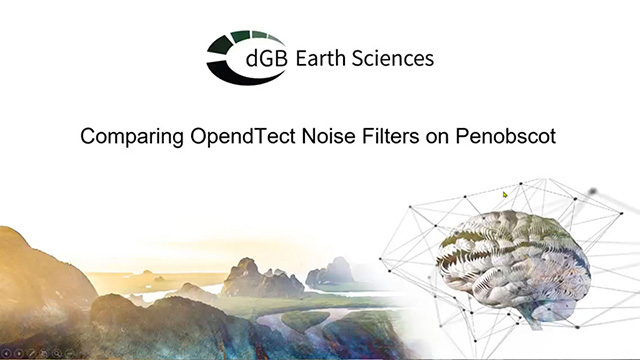
OpendTect Noise Filters Comparison: Cast your preference
- Written by: Paul de Groot
This week we want to show you an example of the 4th Lundin model 'Lundin_GeoLab_SimpleDenoise". We believe this model is applicable to almost all datasets. Unlike the AJAX model, the SimpleDenoise model preserves the amplitude - frequency content. It only removes random noise.
Read more: OpendTect Noise Filters Comparison: Cast your preference
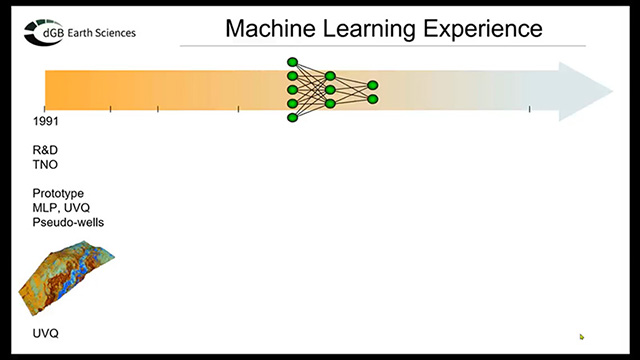
Pioneering in Machine Learning
- Written by: Paul de Groot
With over 30 years of experience in Machine Learning, dGB Earth Sciences continues to innovate in the field of seismic reservoir characterization.
Today, we take a trip down memory lane to showcase our journey and highlight our latest breakthroughs.
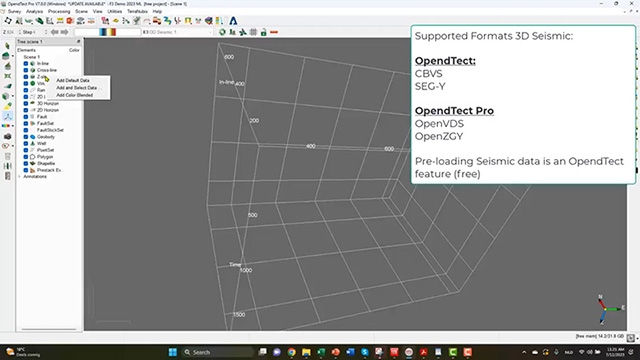
OpendTect Pro supports two OSDU formats: OpenVDS and OpenZGY
- Written by: Paul de Groot
OpendTect is committed to supporting the OSDUTM data platform as developed by the Open Group OSDUTM Forum. As an active member, we contributed to testing OSDU solutions developed for 3D seismic storage and access. Our work for OSDU resulted in the support of two new 3D seismic formats in OpendTect Pro v7: OpenVDS (Bluware) and OpenZGY (SLB). At the moment we support file-based storage and I/O. In future this will be extended to cloud-based data access.
Read more: OpendTect Pro supports two OSDU formats: OpenVDS and OpenZGY